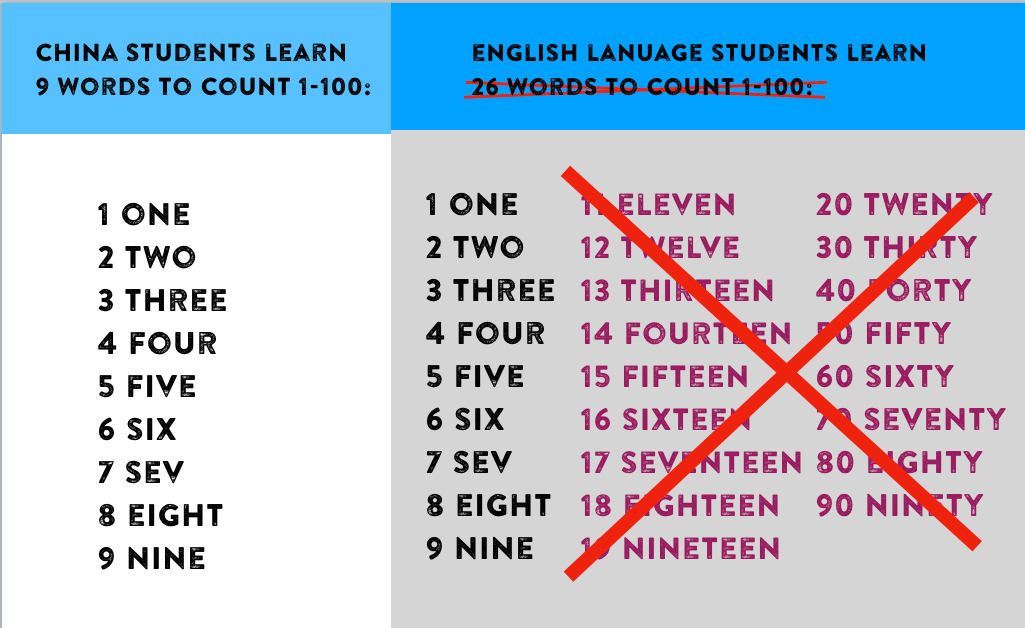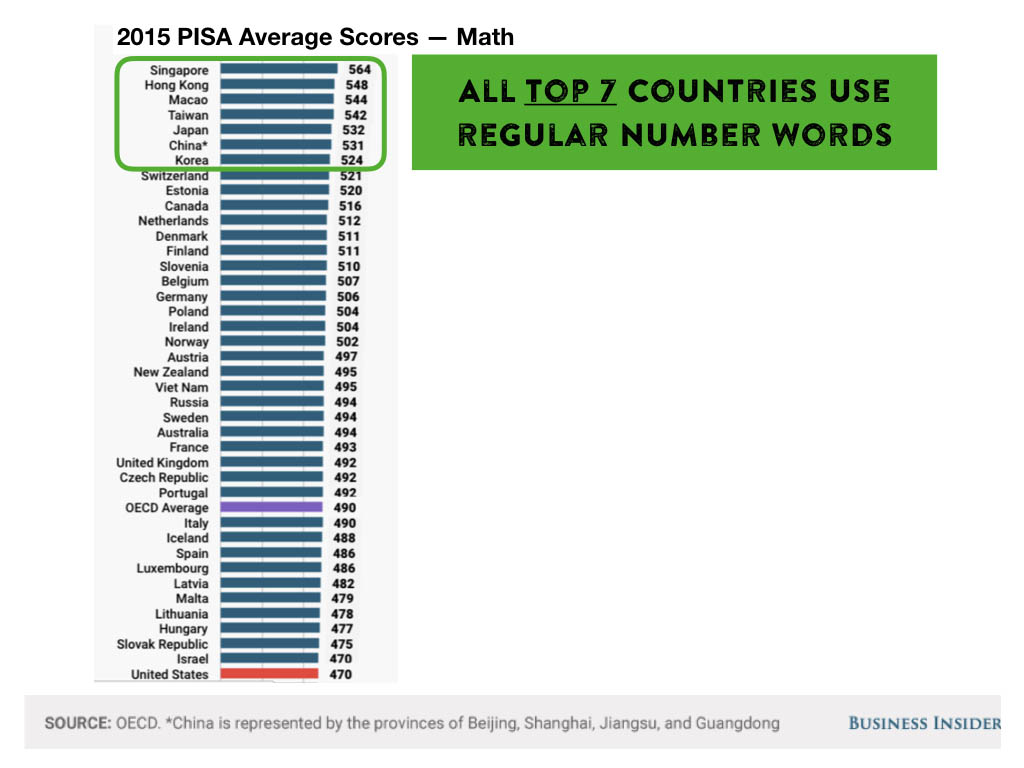Ten One Math Blog
How To Create A U.S. Culture Where Math Is Fun

Culture is defined by what we teach children
As a child, I wanted to learn how to draw. But there was nobody to teach me and Youtube didn't exist. After high school I was accepted into the CalArts department of Character Animation, but drawing instructor Glen Vilppu left the previous year, so there were no construction drawing classes available. It's hard to imagine but my teachers actually discouraged me from learning construction drawing, so I didn't learn this basic skill until I started working on prime time tv shows like Futurama and Dilbert.What is construction drawing?
It's where you draw 3d forms like instead of a circle, you draw a sphere. They might look the same, but a circle is 2d and a sphere is 3d. By constructing 3d forms like spheres, cubes and cylinders, everything in your drawing looks right because it 'exists' in 3d space.
Since construction drawing can be learned by children, I recommend it as one of the first things every beginner should learn. If I had learned construction drawing as a child, I wouldn't have had to struggle in my career and drawing for tv shows would have been so. Much. Easier.
Pay it forward
I like to think I did my part to make this easier for the next generation, because I taught construction drawing as an elementary school art teacher, I developed a series of DVDs that teach children, and I gave construction drawing lessons to my son's older brothers. By teaching my children to draw, a culture of drawing now exists in our family. My son can ask me any question about drawing, or he can ask his brothers, or watch a Youtube video. Our family culture promotes basic drawing skills, so my son thinks drawing is fun and he's confident in his drawing ability.Making it easier for future generations
My son didn't have to struggle because he learned the most important skill first. If he were to become a professional hand-drawn animator, he would have the advantage over others who lack basic drawing skills like construction. If the ACT tested college readiness for drawing, he would test highly in this area.How can the U.S. make math fun?
In China, if a child knows the words for 1-9 they can count all the way up to 100. So easy! But in the U.S. math is hard because young children must learn 26 unique number words to count up to 100. These extra words include: eleven, twelve, twenty, etc. and they are not needed.
Teaching young children Chinese number words is the math equivalent of teaching construction drawing. By learning the most important skill first, the child will be more confident and have a significant lifelong advantage. Instead of thinking math is hard, they think it's easy and fun.
My own math education
At the start of 1st grade, my aunt recognized I was good with math and volunteered to teach me math skills. In a few months, we had progressed 4 grade levels and we only stopped because she ran out of teaching material.The math skills I developed in 1st grade gave me a lifelong confidence and significant advantage beyond what you might expect. Math was super boring up to 5th grade because I had already learned the curriculum. In high school I was busy with other interests and didn't try hard in math, but I still scored in the top 2 percentile on the ACT so I was well-prepared in case I wanted to pursue a STEM career.
According to national ACT results only 41% of U.S. students are college-ready for math. About 1/3 of students who are college ready will become STEM graduates. I believe using regular number words in the U.S. -- like they do in countries that lead the world in math education -- might double the number of children who are college-ready for math and also double the number of STEM graduates.
You might say, that's an assumption and I would say yes, innovation relies on assumptions. The most valuable innovations like smart phones or reusable rockets rely on an assumption where somebody says: "Hey gang, the way we're doing abc is messed up and wouldn't it be better to do xyz instead?" Without testing our assumptions, there is no innovation. Innovators making assumptions and then testing them out in the real world is how we get nice things on planet earth.
Who uses regular number words to teach young children?
All of the top 7 countries in PISA world math education skills testing use Chinese aka regular number words including: Singapore, Hong Kong, Macau, Taiwan, Japan, China and Korea. In all of these countries, children from preschool all the way up to high school outperform U.S. students
Culture changes by changing what we teach children, but it doesn't mean we change the entire education system overnight. A more conservative approach is to start on a small scale in a few Kindergarten classrooms, or with just a few parents. As history shows, just a small number of like-minded people working together can change the world.
Double the number of U.S. STEM grads
Adding another 600,000 U.S. STEM grads would be like taking all of the tech industry -- companies like Apple, Microsoft, Amazon, SpaceX, etc. and doubling them -- twice the value and twice the technological output. Doubling the number of STEM graduates in the U.S. is worth trillions of dollars to the U.S. economy. The potential payoff is incalculable -- beyond any single tech innovation in history -- and it would mean innovators like Elon Musk could hire twice as many engineers to find solutions to problems that threaten humanity. Is there any greater cause than trying to make humanity more viable?By the way, there is no downside to trying this out. Consider Singapore, who is ranked #1 in world math education. Singapore is bilingual, meaning preschool children learn both Chinese regular number words and English irregular number words. Children in Singapore show no ill effects of learning both regular and irregular number words, so the only real question is how much we will win? Will this be a small win, a big win, or a gigantic super win? Only one way to find out.
Science proves young children who use regular English number words will gain a significant advantage. By trying out a science-based system of number words where 11 is ten one, 12 is ten two, and 24 is two ten four, we might significantly change U.S. culture for the better, for future generations. And we might win bigger than any of us could possibly imagine.